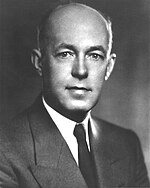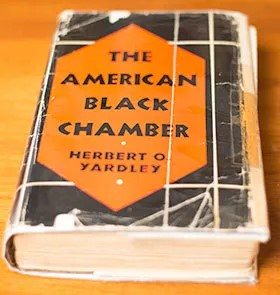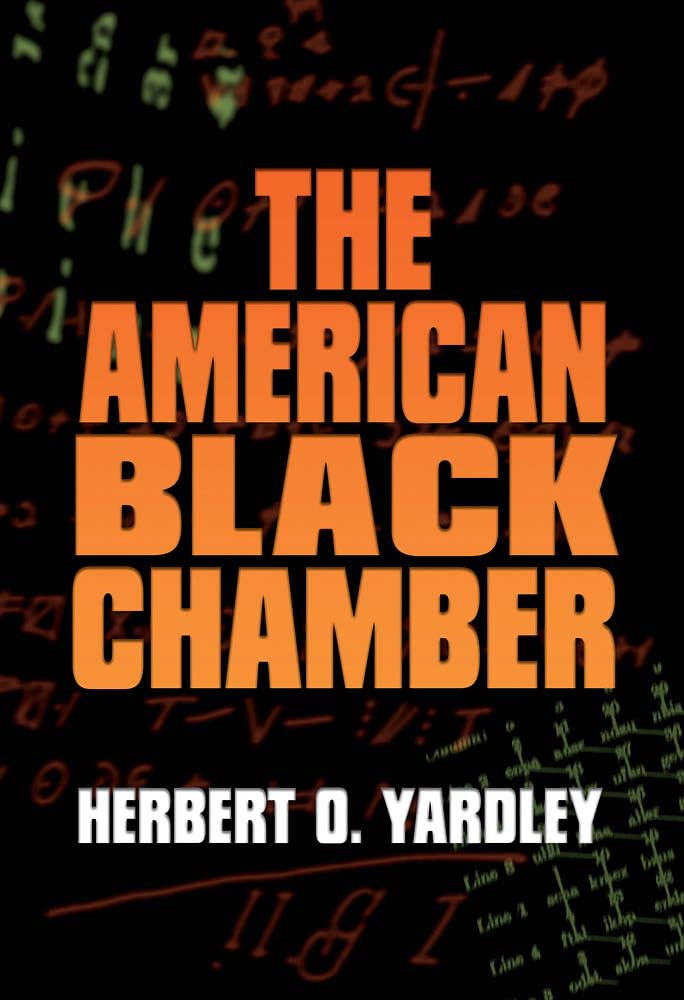I’d like to delve into the fascinating history of the Black Chamber, America’s first peacetime cryptographic agency. This intriguing topic provides valuable insights into the evolution of codebreaking and intelligence warfare.
The Establishment and Background of the Black Chamber
The Black Chamber was established in 1919, shortly after the end of World War I, as the U.S. government recognized the importance of codebreaking. Having witnessed the significant role of cryptographic achievements during the war, the U.S. decided that such activities were essential even in peacetime. Thus, under the leadership of Herbert O. Yardley, who had made notable contributions to cryptography during the war, the Black Chamber was born.
Funded by both the State Department and the Army, the Black Chamber was headquartered in New York City and comprised about 40 staff members. Its primary mission was to intercept and decipher foreign diplomatic communications.

Key Activities and Achievements
The main activities of the Black Chamber involved intercepting and decrypting foreign communications. They focused particularly on Japanese diplomatic messages, successfully obtaining crucial intelligence.
One of the most notable achievements occurred during the Washington Naval Conference of 1921. By decrypting Japanese communications, the Black Chamber provided the U.S. with significant leverage in negotiations. This intelligence profoundly influenced U.S. diplomatic strategies and policy decisions.
The Dissolution of the Black Chamber
In 1929, the Black Chamber was dissolved. Secretary of State Henry Stimson deemed its activities unethical, famously stating, “Gentlemen do not read each other’s mail.” Consequently, he cut the funding for the Black Chamber, leading to its closure.
Herbert Yardley and Beyond
Following the dissolution of the Black Chamber, Herbert Yardley published a book in 1931 titled “The American Black Chamber.” The book detailed the activities and achievements of the Black Chamber, sparking significant controversy upon release. While it raised public awareness about the importance of codebreaking, it also highlighted the challenges of maintaining confidentiality in intelligence operations.
Even after the Black Chamber was disbanded, the importance of cryptography remained evident to the U.S. government. Various cryptographic agencies were established during and after World War II, with the National Security Agency (NSA) being a prominent successor in modern times.

by Herbert O. Yardley

by Herbert O. Yardley

by Herbert O. Yardley
The Legacy and Impact of the Black Chamber
Although the Black Chamber operated for only a decade, its influence on the history of U.S. intelligence activities is substantial. The experience and knowledge gained from the Black Chamber significantly contributed to advancements in cryptographic technology and emphasized the importance of intelligence warfare.